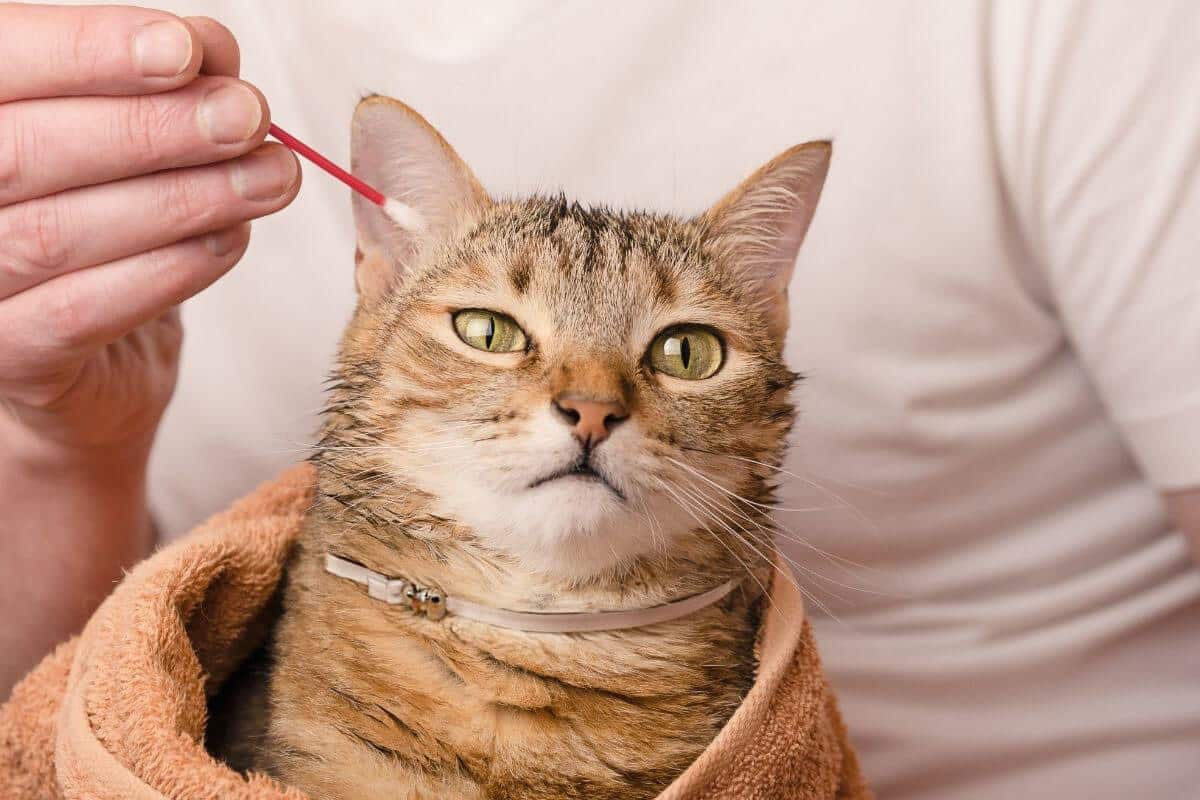#1: A cat’s purr means more than you think
If you own a cat, you’re surely familiar with the soft rumbling noise of contentment only a cat can make—the purr. Cats can purr from a young age, which may be a bonding behavior between mother and kitten. But, purring isn’t always associated with happiness, as some cats purr when they are anxious, fearful, injured, or in pain. This may be a self-soothing behavior, and some evidence suggests the low frequency purring vibrations can help speed tissue healing after insult. Cats may also purr when they are hungry, changing the sound’s pitch to indicate their changing needs.
#2: Cats don’t have taste receptors for “sweet”
Unlike other mammals, cats do not have the proper receptors (i.e., taste buds) and cannot detect sweet tastes. This could be chalked up to the fact that cats are obligate carnivores—they require only meat in their diet, and have no need or use for carbohydrates. But, other carnivore class members, such as the mongoose, do have the “sweet” taste buds, so this explanation falls short. Despite this, some cat owners report their cat loves marshmallows or cotton candy, so a few isolated cats may possibly have gene mutations that allow them to taste sugar in high concentrations.
#3: Cats are occasionally born with extra toes
Did you know that esteemed author Ernest Hemingway was fond of cats? His first cat, Snow White, had a condition called polydactyly, a dominant genetic trait that causes extra toe formation on one or more feet. Today, many of Snow White’s descendants live at the Hemingway museum in Key West, FL, with the majority toting extra toes. Hemingway cats aren’t the only ones with polydactyly—the trait can appear in any cat, or cat breed, and is thought to bring the owner good luck. Extra toes typically don’t cause problems for the cat, but they do grow nails that need trimming.
#4: Cats don’t always land on their feet
The old saying that cats always land on their feet is only mostly true. Cats land on their feet most of the time because they are equipped with a “righting reflex,” along with a highly flexible spine. When their body senses a fall, the reflex kicks in, and allows the front and back halves of the body to rotate independently. The cat innately senses which way is up, and the front half “rights” itself first, bringing the head and front legs upright, and then twisting the back end and rear legs. The maneuver takes less than a second, but takes a cat at least two and a half feet to complete, and not all cats will perform the maneuver perfectly every time. Cats can and do injure themselves in short and high falls, though the righting reflex may help them survive. Cats can be clumsy, caught off-guard, not feeling well, or arthritic, which limits their ability to safely fall, so don’t assume your cat is invincible, and ensure you have appropriate safety measures in place.
#5: Cats need veterinary care, too

Our hospital is accredited by the American Animal Hospital Association (AAHA), an organization that sets standards to ensure the highest quality veterinary medicine and care. AAHA recently conducted research and published new life-stage guidelines for cats, because most people bring their cats to the veterinarian only about half as often as dogs. Cat owners said they felt:
- Vet visits were too stressful for their cat and themselves
- Their cats were healthy and self-sufficient
- Veterinary care wasn’t needed if they kept their cats indoors
In reality, all cats, including indoor cats, should receive regular, preventive veterinary care at least once per year. Cats of all ages can develop many conditions, including diabetes, dental disease, arthritis, kidney disease, or thyroid conditions, that are more treatable when detected earlier. Don’t wait until your cat is sick to bring them to our hospital—make wellness care a priority. Our AAHA-accredited team can provide tips to make veterinary visits less stressful for you and your pet.
If you share your home with a cat—or two, or three—you know they are special creatures. If your cat is due for their wellness visit, or you have questions about your cat’s unique care needs, contact us to schedule an appointment with your Pioneer Animal Hospital team.

